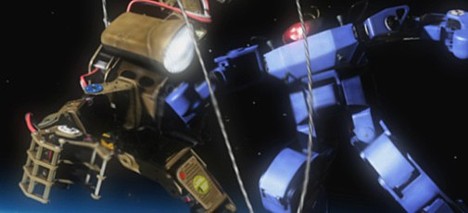On May 9, NEC announced the development of new technology that enables its PaPeRo household robot to connect with a variety of personal devices. The technology provides PaPeRo with a digital avatar that "follows" you to the device of your choice, where it appears on the screen and interacts with you.
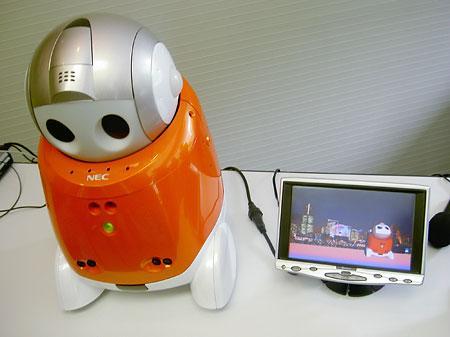
Details of conversations with the robot and its avatar are exchanged between the devices so that PaPeRo can provide services and information tailored to your needs when you change devices. The avatar, a virtual representation of NEC?s PaPeRo, is designed to work on computers as well as other personal devices such as PDAs and car navigation systems.
When a WiFi connection is established between the robot and the devices, saved data -- including data about your interests and tastes -- can be shared between the robot and its avatars. For example, after telling the real PaPeRo at home that you would like to eat Chinese food, PaPeRo?s avatar appears on your car navigation screen when you get in your car. There, the avatar searches for the route from your home to the restaurant of choice and provides directions. The search results can also be easily transferred to your PDA.
The user-friendly conversation-based control is designed to eliminate the cumbersome task of learning how to operate the avatar on multiple devices with different interfaces. Originally developed by NEC in January 1997, PaPeRo has received upgrades in speech and face recognition skills, gaining the ability to provide information to users through conversation and manage schedule information.
NEC has not announced when this new technology will be made commercially available, but has expressed the intent to continue with technological developments aimed at helping inexperienced children and the elderly to operate a variety of devices.
(Watch VIDEO of PaPeRo in action (QuickTime, 1.24 MB). Here, the demonstrator asks PaPeRo for shopping recommendations and instructs it to move to the car navigation system and the PDA.)
[Source: Nihon Keizai Shimbun]

 On May 8, researchers from
On May 8, researchers from 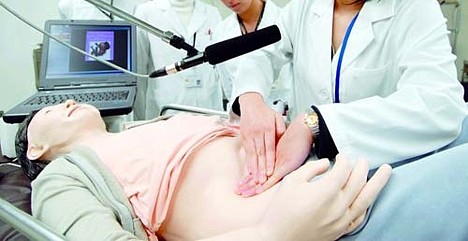
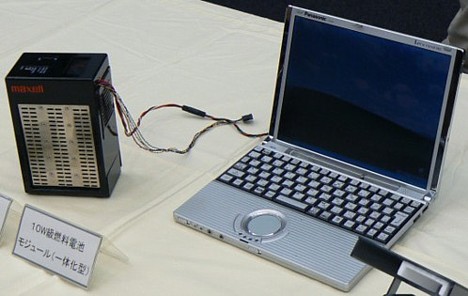


 In an annual rite of spring, scientists in Japan carefully monitor the atmosphere for
In an annual rite of spring, scientists in Japan carefully monitor the atmosphere for 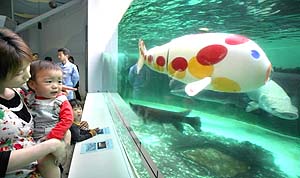 The
The 